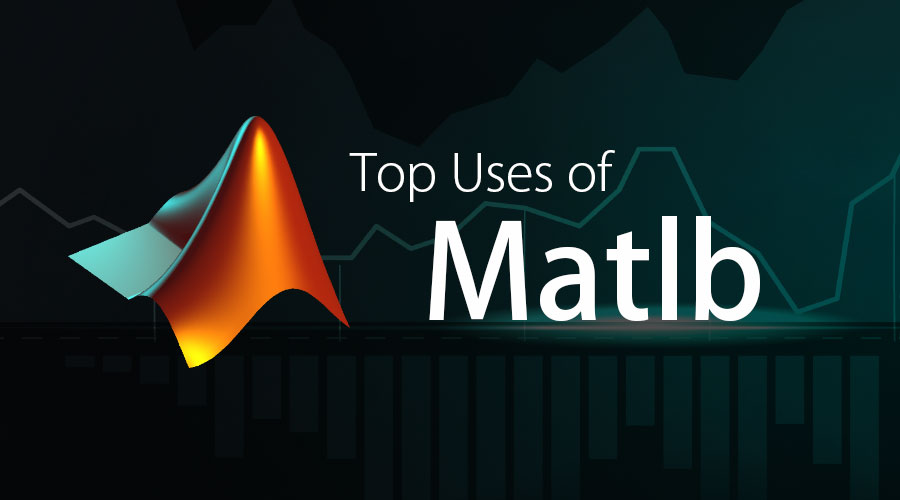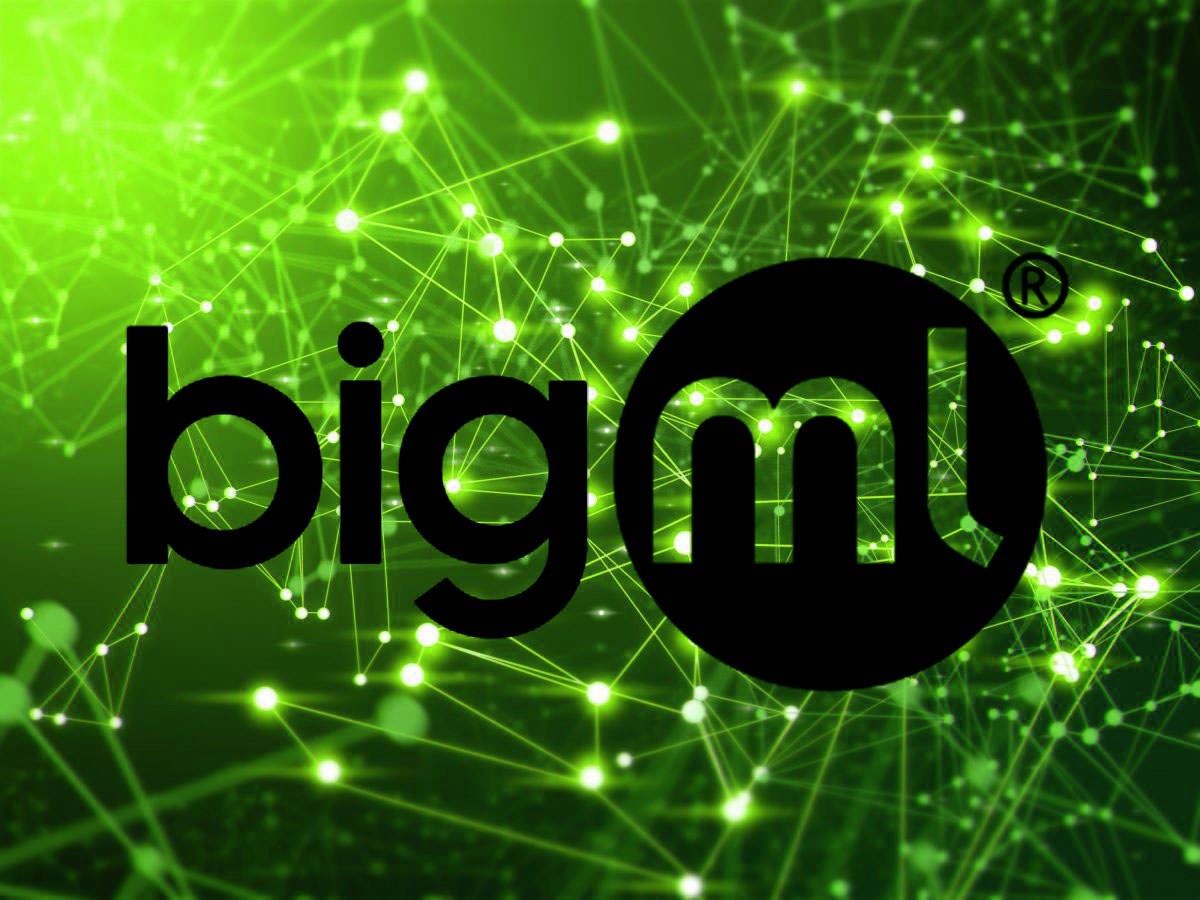Description
Introduction of Managing Big Data with Databricks:
This course is designed for data professionals and engineers seeking to understand how to efficiently manage and process big data using Databricks and Apache Spark. Participants will learn best practices for ingesting, transforming, and analyzing massive datasets, as well as optimizing data workflows for performance and scalability. The course will cover both batch and real-time processing, advanced analytics techniques, and integration with data lakes and warehouses. By the end of this course, learners will be able to handle large-scale data processing and analytics tasks in Databricks, leveraging its distributed computing capabilities.
Prerequisites of Managing Big Data with Databricks:
- Familiarity with cloud computing concepts (Azure, AWS, or GCP).
- Basic understanding of data engineering principles.
- Knowledge of SQL and at least one programming language (Python or Scala).
- Basic experience with Apache Spark is helpful but not required.
Table of Content:
- Introduction to Big Data and Databricks
- Overview of big data challenges and solutions
- Introduction to Databricks and Apache Spark for big data
- Benefits of using Databricks for large-scale data processing
- Key features for big data management: Delta Lake, Structured Streaming
- Setting Up Databricks for Big Data Processing
- Creating and managing Databricks clusters
- Configuring cluster resources for big data workloads
- Using Databricks notebooks for big data analytics
- Integrating with cloud data lakes (Azure Data Lake, AWS S3)
- Data Ingestion at Scale
- Ingesting structured, semi-structured, and unstructured data
- Batch data ingestion with Apache Spark
- Streaming data ingestion with Structured Streaming
- Best practices for handling large-scale data ingestion
- Data Storage and Management with Delta Lake
- Introduction to Delta Lake for big data storage
- Managing big data with Delta Lake’s ACID transactions
- Time travel in Delta Lake: Accessing historical data
- Optimizing Delta Lake for high-performance querying and updates
- Data Transformation and Cleansing
- Large-scale data transformations with Spark SQL and DataFrames
- Handling null values, missing data, and outliers in big data
- Partitioning, bucketing, and optimizing large datasets for processing
- Using UDFs (User Defined Functions) for custom data transformations
- Batch Processing with Apache Spark
- Understanding Spark’s architecture for big data batch processing
- Working with Spark RDDs, DataFrames, and Datasets
- Performing distributed transformations and actions
- Performance tuning techniques for batch jobs: Caching, serialization, and partitioning
- Real-time Data Processing with Structured Streaming
- Introduction to Structured Streaming in Apache Spark
- Real-time event processing and analytics use cases
- Building continuous data pipelines with streaming data
- Handling late data, watermarks, and windowed operations
- Optimizing Big Data Workflows
- Optimizing Spark jobs for performance and resource efficiency
- Managing memory, shuffling, and parallelism in big data processing
- Advanced tuning techniques: Join optimization, broadcast variables
- Best practices for scaling big data pipelines
- Big Data Analytics with Spark SQL
- Querying large datasets with Spark SQL
- Optimizing analytical queries for big data performance
- Advanced SQL techniques for big data analytics: Window functions, CTEs, and aggregations
- Integrating Databricks with BI tools (Power BI, Tableau)
- Building Data Pipelines for Big Data
- Designing end-to-end data pipelines for batch and streaming data
- Orchestrating workflows with Databricks Jobs and Task Orchestration
- Monitoring and troubleshooting big data pipelines
- Managing data dependencies and workflow automation
- Advanced Use Cases: Machine Learning on Big Data
- Applying machine learning to big data with Spark MLlib
- Feature engineering and data preparation at scale
- Distributed model training and hyperparameter tuning
- Use cases: Anomaly detection, recommendation engines, and predictive analytics
- Scaling Data Processing with Databricks
- Scaling Databricks clusters for big data processing
- Managing resource allocation and performance tuning
- Handling cluster auto-scaling and dynamic resource management
- Best practices for managing cost and performance at scale
- Integrating Databricks with Data Lakes and Warehouses
- Integration with Azure Data Lake, AWS S3, and Google Cloud Storage
- Building data lakes with Databricks and Delta Lake
- Connecting Databricks to external data warehouses (Snowflake, Redshift)
- Case studies: Migrating big data workloads to Databricks(Ref: Databricks for Data Scientists: Advanced Machine Learning and Analytics)
- Security and Governance for Big Data
- Securing big data workloads in Databricks
- Implementing access controls, encryption, and data masking
- Data governance with Databricks: Auditing and compliance
- Best practices for managing sensitive and regulated data
- Final Project: Designing and Implementing a Big Data Processing Pipeline
- Creating an end-to-end big data processing and analytics pipeline
- Incorporating both batch and real-time processing components
- Optimizing the pipeline for scalability and performance
- Presenting and discussing real-world implementation challenges
- Conclusion and Next Steps
- Recap of key learnings and techniques
- Additional resources and certifications for Databricks and big data
- Future directions in big data analytics with Databricks and Spark
In conclusion, Managing Big Data with Databricks equips data analysts with the essential skills to leverage Databricks for data analysis, visualization, and collaboration. By mastering these techniques, participants can drive data-driven decision-making and enhance their analytical capabilities.
If you are looking for customized info, Please contact us here






Reviews
There are no reviews yet.